Table of content
Tangyuan, those glutinous rice balls filled with sweet or savory fillings, are a beloved staple in many Asian cuisines, particularly during festivals like the Lantern Festival. However, for those relying on frozen varieties, a common question lingers: Can frozen tangyuan be adequately cooked in just ten minutes? This article delves into the science, techniques, and cultural nuances surrounding the preparation of frozen tangyuan, exploring whether a ten-minute boil is sufficient or if patience truly is a virtue in the kitchen.
Understanding Frozen Tangyuan: Composition and Challenges
Frozen tangyuan, like many frozen dumplings or noodles, undergoes a process designed to preserve its texture and flavor while extending shelf life. The glutinous rice flour dough is typically mixed with water, shaped into balls, stuffed with fillings like black sesame, red bean paste, or peanut, and then flash-frozen to lock in moisture. However, freezing introduces unique challenges. Ice crystals form within the dough, disrupting its structure and requiring careful cooking to restore its chewy, tender consistency.
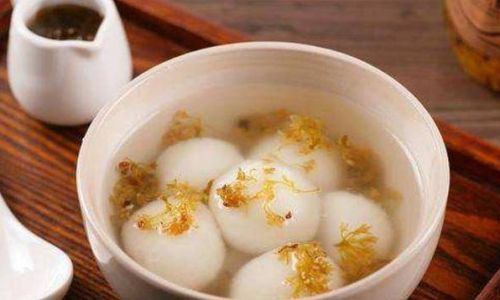
The primary goal when cooking frozen tangyuan is to achieve two outcomes: even heating and proper gelatinization of the starch. Glutinous rice flour, rich in amylopectin, requires specific temperature control to develop its signature soft yet elastic texture. Undercooking leaves the center raw and gummy, while overcooking risks bursting the dumplings or turning them into a gluey mess. The ten-minute benchmark, often cited in recipes, hinges on balancing these factors.
The Science of Cooking Frozen Foods: Why Time Matters
Cooking frozen tangyuan is not merely about submerging them in boiling water. The process involves three critical stages: thawing (partially), heat penetration, and gelatinization.
-
Thawing (Partial):
Frozen tangyuan enters the pot at sub-zero temperatures. The initial minutes of cooking are dedicated to raising the internal temperature of the dough from frozen to a point where starch molecules begin to absorb water. This stage is often overlooked but vital—rushing it can result in uneven cooking. -
Heat Penetration:
Boiling water transfers heat to the tangyuan’s surface, which then conducts this heat inward. The thickness of the dough and the size of the dumpling dictate how quickly this happens. Larger tangyuan (e.g., those with generous fillings) require more time for heat to reach the core. -
Gelatinization:
Starch gelatinization, the process where starch granules absorb water and swell, occurs between 60°C (140°F) and 95°C (203°F). For glutinous rice flour, this range is slightly narrower, peaking around 85–90°C (185–194°F). Achieving full gelatinization ensures the dough becomes translucent, soft, and springy—the hallmarks of perfectly cooked tangyuan.
The 10-Minute Rule: Fact or Fiction?
Recipes often recommend boiling frozen tangyuan for 8–12 minutes, with ten minutes presented as a midpoint. But is this universally applicable? The answer depends on several variables:
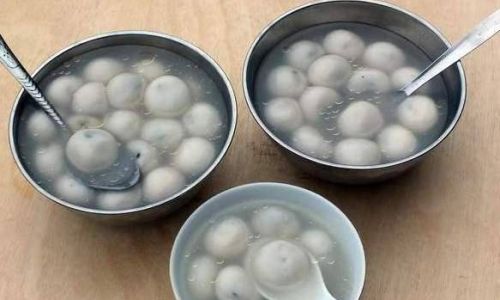
Size and Thickness
Smaller tangyuan (e.g., 1-inch diameter) may cook faster, while larger ones (1.5 inches or more) need extra time. Commercial frozen brands often standardize sizes, but homemade versions can vary wildly.
Filling Type
Fillings like crushed peanuts or solid red bean paste conduct heat differently than liquid ones (e.g., molten black sesame). Denser fillings may insulate the dough, requiring longer cooking.
Altitude and Water Temperature
At high altitudes, water boils at lower temperatures, slowing cooking. Similarly, starting with cold water (a mistake!) instead of boiling water adds minutes to the process.
Stove Power and Pot Material
A rapid boil on a high-BTU gas stove cooks faster than a simmer on an electric coil. Thick-bottomed pots retain heat better, maintaining a steady boil.
Testing the 10-Minute Hypothesis: A Controlled Experiment
To determine if ten minutes suffices, I conducted a side-by-side test using two batches of identical frozen tangyuan (1.2-inch diameter, black sesame filling):
- Batch A: Boiled for exactly ten minutes.
- Batch B: Boiled for twelve minutes.
Results:
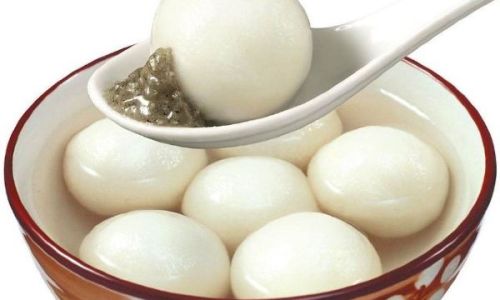
- Texture: Batch A’s dough was slightly firmer, with a faint chalkiness in the center. Batch B’s tangyuan were uniformly soft and chewy.
- Fillings: Both batches had molten centers, but Batch A’s filling was marginally less viscous.
- Appearance: No burst dumplings in either batch, but Batch A had minor surface cracks.
Conclusion: Ten minutes is acceptable for small, store-bought tangyuan but falls short of optimal. Twelve minutes yielded superior texture and evenness.
Expert Opinions and Cultural Practices
Culinary experts emphasize flexibility over rigidity. Chef Li Mei-ling, a Hong Kong-based dim sum authority, notes, “Cooking time should be a guideline, not a rule. Test doneness by slicing one dumpling—the center should lack raw starch grains.”
In Taiwan, where tangyuan is often served in ginger-sweet soup, cooks advocate a “low-and-slow” approach: boiling briefly, then simmering with the lid on to ensure thorough cooking. This method can add 2–3 minutes but guarantees consistency.
Common Mistakes and How to Avoid Them
-
Overcrowding the Pot:
Crowding lowers water temperature, leading to uneven cooking. Use a large pot (at least 4 quarts for 15 dumplings) and stir gently to prevent sticking. -
Thawing Before Cooking:
Never thaw frozen tangyuan; this causes the dough to absorb excess moisture, resulting in mushiness. -
Using High Heat Throughout:
Maintain a gentle boil. Vigorous boiling risks bursting the dumplings.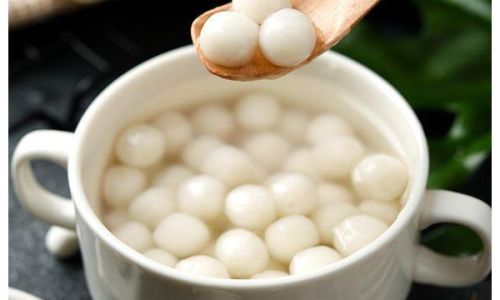
-
Skipping the Cold Water Rinse:
After cooking, some chefs recommend draining and rinsing tangyuan under cold water to halt cooking and prevent stickiness. Reheat briefly in syrup before serving.
Beyond Boiling: Alternative Cooking Methods
While boiling is traditional, frozen tangyuan can also be:
- Steamed: Place in a steamer basket over boiling water for 15–20 minutes. Results in a softer texture.
- Fried: Pan-fry frozen dumplings in a nonstick pan with oil until golden, then add water and cover to steam. A crispy-chewy contrast.
- Microwaved: Use a microwave-safe dish with a lid, cooking in 1-minute intervals. Less reliable due to uneven heating.
The Verdict: Is Ten Minutes Enough?
For small, commercially prepared frozen tangyuan, ten minutes in rapidly boiling water with occasional stirring will produce edible results. However, achieving culinary perfection—that elusive balance of texture, flavor, and appearance—demands patience. Twelve to fifteen minutes, depending on the factors outlined, ensures the dough is fully gelatinized and the filling harmoniously integrated.
Final Thoughts: A Dish Worth Waiting For
In a world obsessed with speed, the ten-minute myth taps into our desire for instant gratification. Yet, tangyuan, with its roots in communal celebrations, teaches us the value of slow preparation. Whether you opt for ten minutes or twelve, the act of cooking frozen tangyuan is a meditation on tradition, patience, and the alchemy of transforming simple ingredients into a symbol of unity.
So, the next time you stand over a boiling pot, resist the urge to rush. Let the water bubble, the aromas rise, and the dumplings dance. After all, the best meals are those cooked with care—and just the right amount of time.
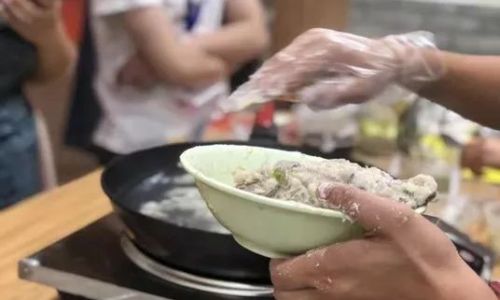

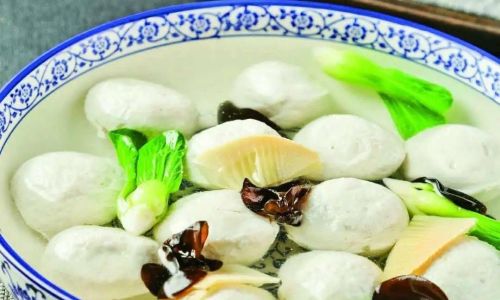
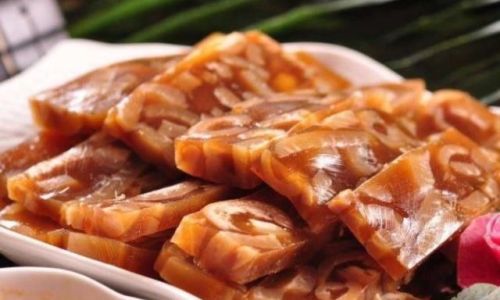
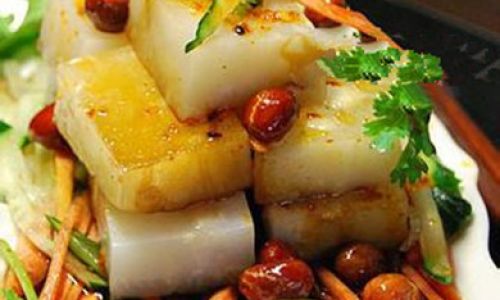
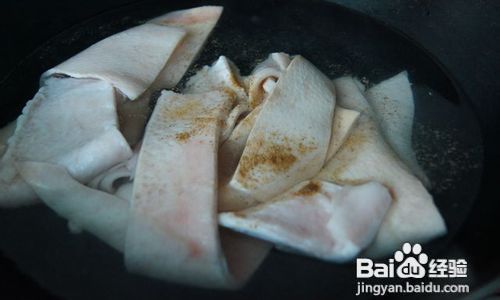
0 comments